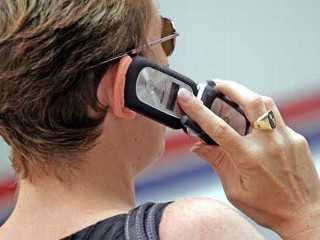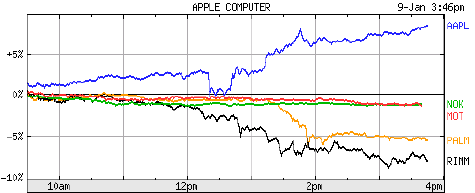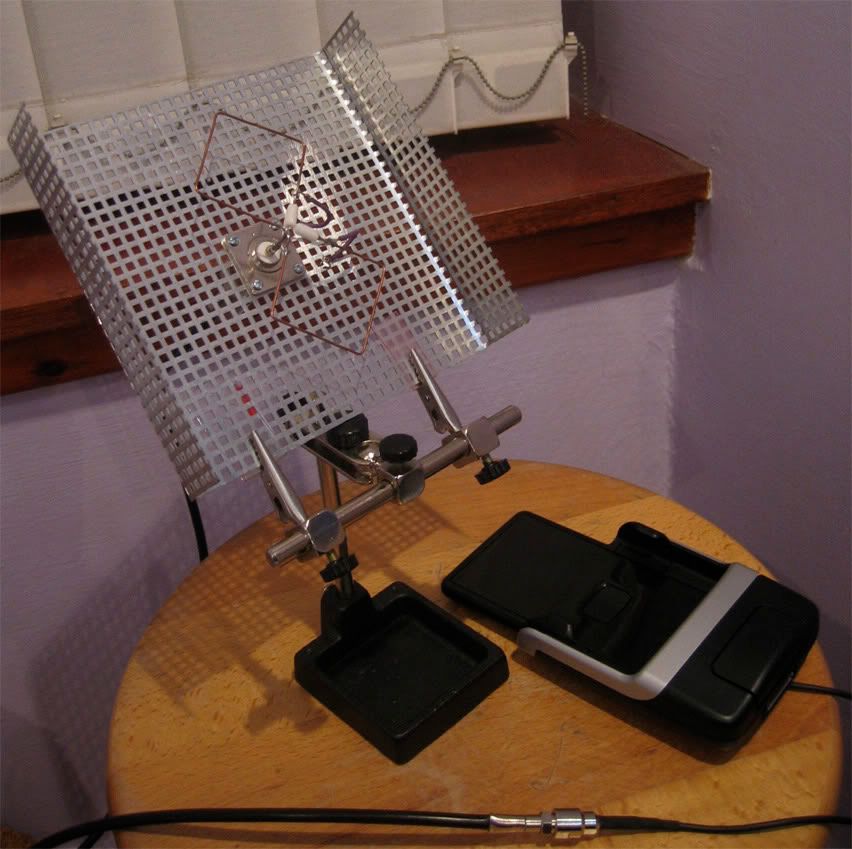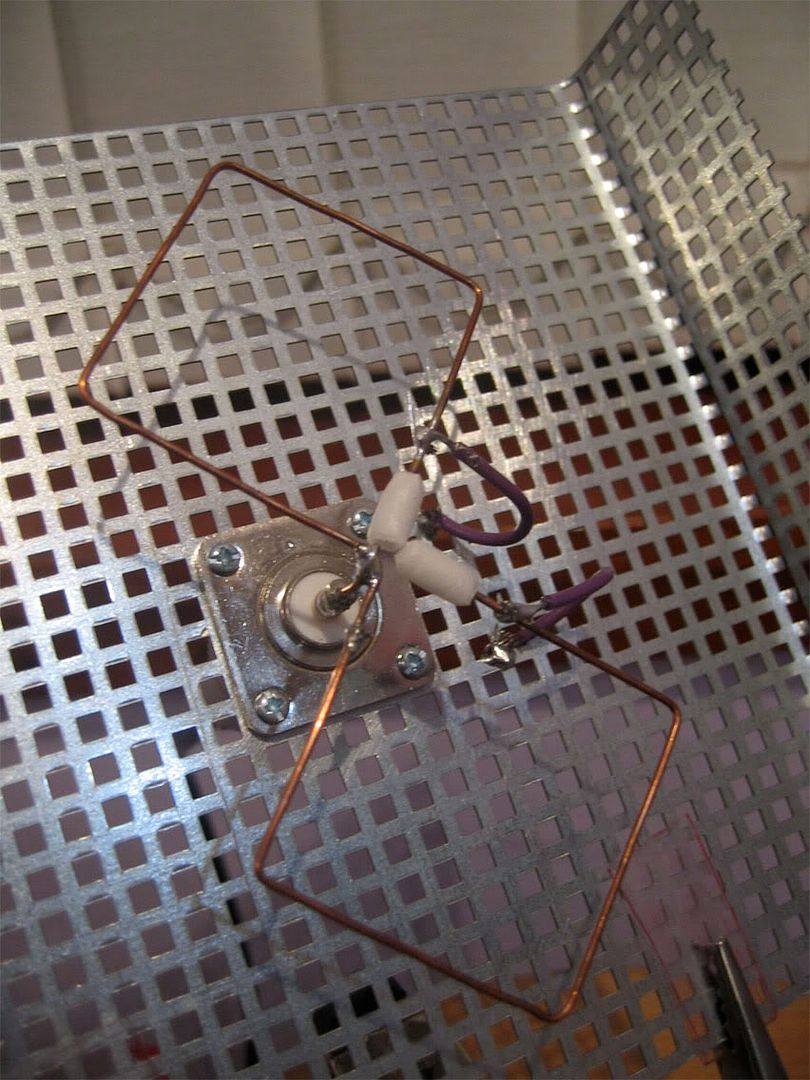Real Disadvantage of cell phones and mobile phones - Do they cause harm to our health?
The truth about the cell-phone–cancer link and what it means for you and your kids
When Vini Khurana, PhD, an Australian (and Mayo Clinic–trained) neurosurgeon, announced that the link between cell-phone use and cancer was irrefutable--the result of his analysis of more than 100 studies--it set off alarm bells around the world. Use a cell phone, he said, and you increase your risk of developing a malignant brain tumor by two to four times. Until recently, the majority of research indicated little or no link between cell phones and cancer (the World Health Organization and the American Cancer Society maintain that cell phones pose no threat), but several new long-term studies have cast doubt about their safety. Given that cell phones and PDAs serve as lifelines for so many people--24 percent of 10- and 11-year-olds carry them--it raises urgent questions. To find out what precautions you should take when using your cell phone, we dialed the nation's leading experts.
Do cell phones cause cancer?
Maybe…with extended use. Mobile-phone users are twice as likely to develop malignant, difficult-to-treat brain tumors called gilomas, according to a first-of-its-kind study that analyzed the effects of cell-phone use over 10 years or more and was published last year in the journal Occupational Environmental Medicine. The Bioinitiative Working Group, an international coalition of scientists and public-health experts, recently published a hefty report detailing the link between the nonionizing radiation caused by a cell phone's electromagnetic fields (EMFs) and cancer, DNA damage, Alzheimer's, and other diseases. "The cells in the body react to EMFs in cell phones just like they do to other environmental toxins, including heavy metals and chemicals," says Martin Blank, PhD, a professor in bioelectromagnetics at Columbia University and one of the report's authors. The study found that risk from cell-phone use starts at 260 lifetime hours.

Do cell phones emit radiation only when you are talking?
No. "Cell phones give off radiation any time they're turned on so that they can communicate with base stations," says Lou Bloomfield, PhD, professor of physics at the University of Virginia and author of How Everything Works: Making Physics Out of the Ordinary. "The radiation emitted, however, is stronger and more frequent when you're talking or messaging." Also, the greater distance you are from a base station, the more radiation your phone must emit in order to get a signal, which is why your phone feels hot when you have low reception. That heat you feel is radiation. The Bioinitiative study found that adverse effects to DNA can also occur before the phone heats up. To reduce your exposure, make calls only when you have strong reception, hang up before your phone heats up, and store your phone away from your body when it's not in use.

What is a phone's SAR value and why does it matter?
SAR stands for specific absorption rate, and it refers to the rate of radiation exposure from radio frequency and microwaves measured in watts per kilogram of tissue, says Bloomfield. The FCC limit on any cell phone sold in this country is 1.6 watts per kilogram. To find the SAR value for your phone, go to fcc.gov/cgb/sar/. At press time, the phone with the lowest radiation was the LG KG800, at 0.135 w/kg. The highest: Motorola V195s, at 1.6 w/kg. The Apple iPhone is in the middle, at 0.974 w/kg.
What is the range of the radiation?
Exposure to radiation from your cell phone drops off slowly for the first three to four inches from your body, and then it falls dramatically, says Bloomfield. To reduce your exposure, invest in a hands-free headset and limit the amount of time you spend talking on the phone. Khurana recommends using the speaker mode and holding the phone about eight inches away from you. Also, limit your use of Bluetooth devices. While it's true that they emit the least amount of radiation (one study found they can operate as low as 0.001 watts per kilogram), even that can add up fast.

Is it risky to carry a cell phone in your pants pocket?
Maybe. One 2006 study found no link to testicular cancer, but other researchers suspect a link to male infertility. Ashok Agarwal, PhD, director of the Center for Reproductive Medicine at the Cleveland Clinic, recently completed a study in which cell phones were set down for one hour in talk mode, next to sperm samples in test tubes. He found that the sperm's motility and viability were significantly reduced, and levels of harmful free radicals increased after exposure. Agarwal suggests storing the phone in your jacket pocket to reduce exposure to cell-phone radiation. Pregnant women need to take precautions too, because a recent study found that cell-phone use while pregnant is linked to behavioral problems in children.
Are kids more at risk?
"Yes, since children's nervous systems are still developing, and they have thinner scalps and skulls than adults, they should use cell phones only in emergencies," says Gene Barnett, MD, professor and director of the Brain Tumor and Neuro-Oncology Center at the Cleveland Clinic. The association between childhood leukemia and exposure to EMFs like those from cell phones has led the International Agency for Research on Cancer to classify them as a "possible human carcinogen." The medical establishments in Germany, France, and the United Kingdom all recommend severe restrictions on children's cell-phone use, with some experts going so far as to say that children under 16 shouldn't use cell phones at all. Make sure your kids opt for landlines when they're at home, and if you must buy them a cell phone for emergencies, get one with a low SAR number.

What about texting?
It's actually a safer way to communicate, says David O. Carpenter, MD, director of the Institute for Health and the Environment at the University at Albany. Since kids hold phones away from their bodies when texting, they're exposed to less radiation than when they have the phones to their ears. "We are very concerned about teen cell-phone use, fearing that we face an epidemic of brain tumors 10 to 20 years from now, and there are so few who are raising warning flags," says Dr. Carpenter. Make sure your teen keeps his cell phone turned off and stored in his backpack when it isn't in use, which will dramatically reduce exposure.

The 10 worst cell phones according to their SAR numbers:
| 1. Motorola V195s | 1.6 |
| 2. Motorola Slvr L6 | 1.58 |
| 3. Motorola Slvr L2 | 1.54 |
| 4. Motorola W385 | 1.54 |
| 5. Rim BlackBerry Curve 8330 (Sprint) | 1.54 |
| 6. Rim BlackBerry Curve 8330 (Verizon) | 1.54 |
| 7. Motorola Deluxe ic902 | 1.53 |
| 8. T-Mobile Shadow | 1.53 |
| 9. Motorola i335 | 1.53 |
| 10. Samsung Sync SGH-C417 | 1.51 |
The 10 best cell phones according to their SAR numbers:
| 1. LG KG800 | 0.135 |
| 2. Motorola Razr V3x | 0.14 |
| 3. Nokia 9300 | 0.21 |
| 4. Nokia N90 | 0.22 |
| 5. Samsung SGH-G800 | 0.23 |
| 6. Samsung Sync SGH-A707 | 0.236 |
| 7. Nokia 7390 | 0.26 |
| 8. Samsung SGH-T809 | 0.32 |
| 9. Bang & Olufsen Serene | 0.33 |
| 10. Motorola Razr2 V8 | 0.36 |
Real Disadvantage of cell phones and mobile phones - Do they cause harm to our health?





























